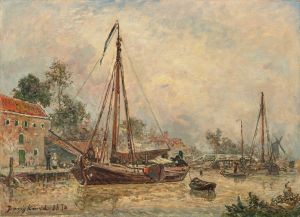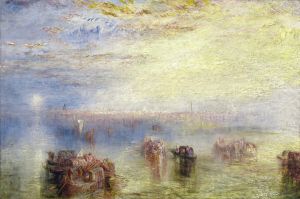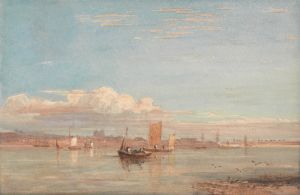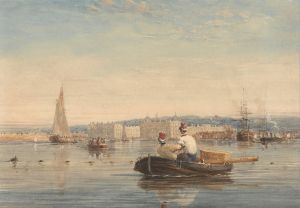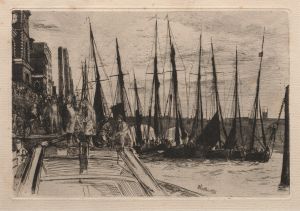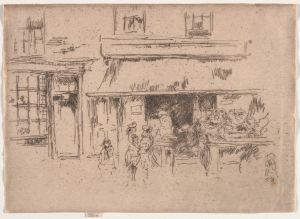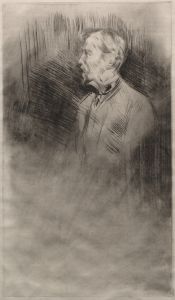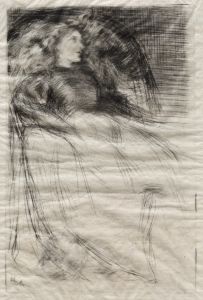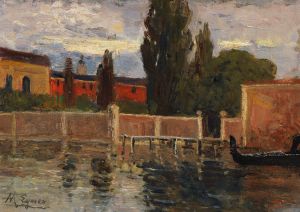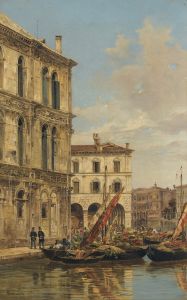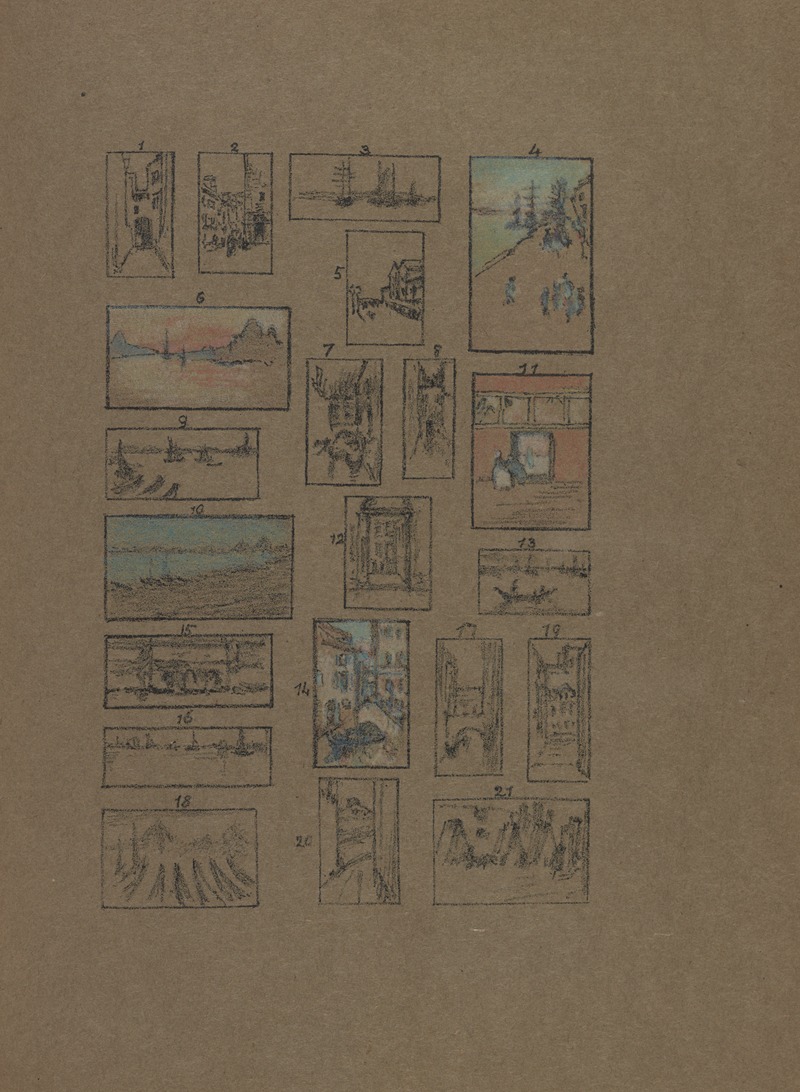
21 pastels of Venice
A hand-painted replica of James Abbott McNeill Whistler’s masterpiece 21 pastels of Venice, meticulously crafted by professional artists to capture the true essence of the original. Each piece is created with museum-quality canvas and rare mineral pigments, carefully painted by experienced artists with delicate brushstrokes and rich, layered colors to perfectly recreate the texture of the original artwork. Unlike machine-printed reproductions, this hand-painted version brings the painting to life, infused with the artist’s emotions and skill in every stroke. Whether for personal collection or home decoration, it instantly elevates the artistic atmosphere of any space.
James Abbott McNeill Whistler was an American artist known for his significant contributions to the art world during the late 19th century. He was a proponent of the Aesthetic Movement, which emphasized the visual and sensual qualities of art and design over practical, moral, or narrative considerations. Whistler's work is characterized by its innovative use of color and composition, and he is perhaps best known for his paintings, etchings, and pastels.
"21 Pastels of Venice" refers to a series of pastel drawings created by Whistler during his time in Venice. Whistler traveled to Venice in 1879, originally intending to stay for a few months. However, he ended up residing there for over a year, producing a significant body of work that captured the unique atmosphere and architecture of the city. This period was crucial in Whistler's career, as it marked a transition in his artistic style and approach.
The pastels from this series are notable for their delicate and atmospheric qualities. Whistler employed a subtle palette and a light touch to capture the ethereal beauty of Venice. His use of pastels allowed him to experiment with color and texture, creating works that convey the city's shimmering light and reflective waters. The pastels often depict scenes of Venice's canals, bridges, and iconic architecture, rendered with a sense of immediacy and intimacy.
Whistler's approach to these works was influenced by his interest in Japanese art, particularly the use of space and composition. He often left large areas of the paper untouched, allowing the viewer's imagination to fill in the details. This technique, combined with his focus on mood and atmosphere, resulted in works that are both evocative and suggestive.
The "21 Pastels of Venice" were exhibited in London in 1881, where they received critical acclaim. The exhibition was significant in establishing Whistler's reputation as a master of pastel and a leading figure in the Aesthetic Movement. The works were praised for their innovative use of the medium and their ability to capture the essence of Venice with economy and grace.
Whistler's time in Venice and the resulting pastels had a lasting impact on his career. They not only solidified his reputation as an artist but also influenced his later works, where he continued to explore themes of light, color, and atmosphere. The pastels remain an important part of Whistler's oeuvre and are celebrated for their contribution to the development of modern art.
Today, Whistler's "21 Pastels of Venice" are held in various collections around the world, appreciated for their beauty and technical mastery. They continue to be studied and admired by art historians and enthusiasts alike, serving as a testament to Whistler's skill and vision as an artist.





